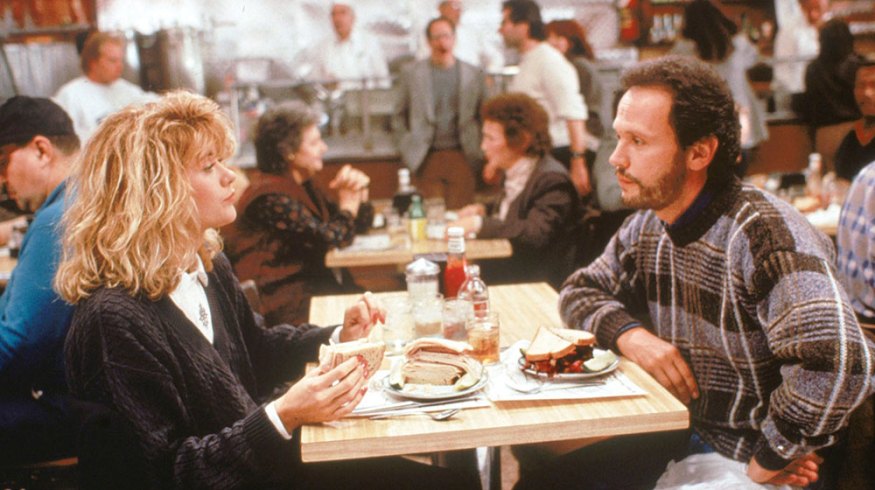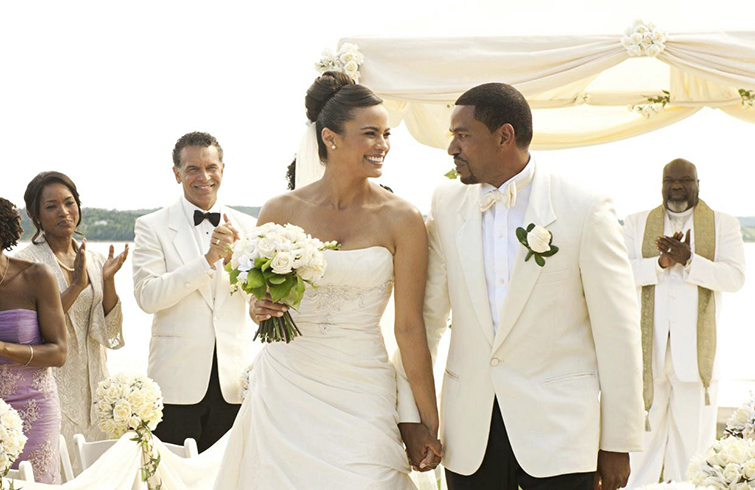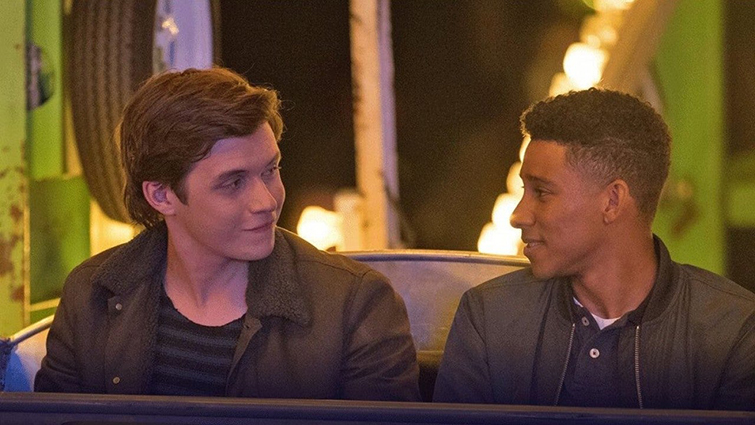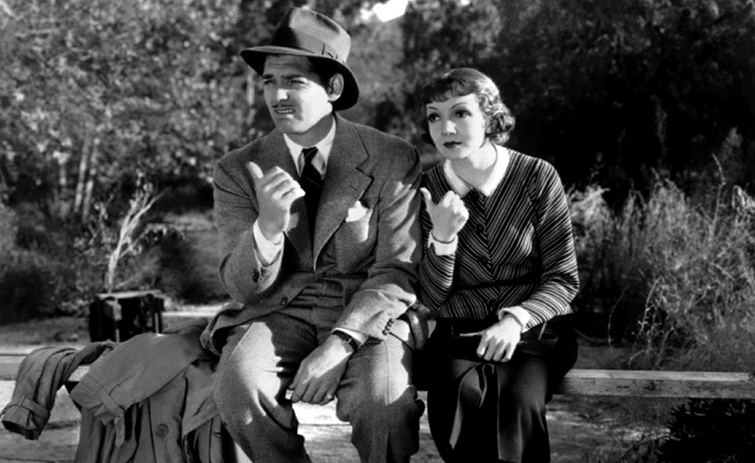
The 5 Genre Filmmaking Elements Every Rom-Com Needs
Let’s explore the filmmaking elements every rom-com needs to be successful, focusing on different writing, lighting, and editing techniques.
As we’ve covered in the past as part of our guide to film genre theory, there are several types of romance films. From historical to paranormal, there have been plenty of fascinating romance sub-genres to explore. However, none is perhaps more popular or instantly recognizable than the universally beloved “romantic comedy” sub-genre.
These romantic comedies (or rom-coms, as they’ve been popularized) have captivated cinema audiences for decades. Some of the biggest blockbusters and indie hits have helped to build this sub-genre almost into a genre unto itself. So, here’s everything you need to know about writing, lighting, and editing rom-com movies and shorts.
1. Defined Rom-Com Lead Characters

Starting off, I’d like to clarify a few things about the rom-com in particular. Unlike other sub-genres of the romantic film, rom-coms do generally need to follow some basic principles to be classified in this distinct niche. One of those basic principles is simply that a rom-com is usually built around just two romantic leads.
To fully resonate with mainstream rom-com audiences and viewers, it’s important to introduce and define these two rom-com leads early and well. Usually, these two leads will be heavily featured on the film’s poster, and in any and all marketing. However, it still helps to introduce them early in the film and to start building them up as characters immediately.
2. A Meet Cute Introduction
One way many rom-com writers and filmmakers introduce their lead characters and immediately begin to build their unique relationship dynamic is with a meet cute scene. Meet cute scenes have been a staple of rom-coms for decades and can be traced back to the 1960s. These scenes are often even written into rom-com scripts themselves, as writers, directors, and audiences alike simply expect to have these pivotal scenes early in every rom-com film.
While a little difficult to describe, you’d know a meet cute scene when you saw one. Roger Ebert described the meet cute as a scene “in which somebody runs into somebody else, and then something falls, and the two people begin to talk, and their eyes meet and they realize that they are attracted to one another.”
Regardless of whether you’re writing a short film or feature, these meet cutes are now an integral part of the rom-com’s DNA. However, while you might simply have to include a meet cute these days, you can also look for new and creative ways to have your lead characters bump into each other and begin to explore how their narrative relationship might develop.
3. High-Key Lighting for Clarity

Another hallmark of rom-com films is found in how they’re shot and lit. Looking specifically at rom-com cinematography, you’ll often find that rom-com directors and DPs will favor a filmic look that’s both bright and clear, as they’re shot to show off their lead characters with a focus on faces and acting.
While there may be a few examples of darker rom-coms—such as Lawrence Kasdan’s French Kiss (1995) starring Meg Ryan and Kevin Kline—the majority of rom-coms make heavy use of high-key lighting as a way to present the leads in their best light possible. If you aren’t familiar with high-key lighting, or working with different lighting types and setups, here are some resources to check out.
- Working with Both Low Key and High Key Lighting Styles
- How to Use High-Key Lighting Without Looking Like a TV Movie
- Lighting 101: A Quick Guide for Lighting Film
4. Building Tension: “Will They, Won’t They”

From a performance and directing perspective, the main goal for filmmakers making a rom-com is actually quite simple and straightforward. After you introduce your main characters with your meet cute scene, you’ll want to present each character with their own series of conflicts that they’ll need to overcome before they can end up together.
Much of the success of the rom-com is defined by how much of a “will they, won’t they” narrative you can develop. You can see examples of how powerful this “will they, won’t they” narrative truly is in popular romantic and comedy television shows, with famous examples like the tantalizing love stories between characters like Jim and Pam in The Office, Ross and Rachel on Friends, or Jess and Nick in New Girl.
Rom-com movies and shorts work in much the same way. These conflicts, when placed properly throughout your film’s three-act structure, can be the core element that captures your audience’s attention as they follow a narrative that presents believable challenges to the characters eventually ending up together.
5. Balancing Comedy and Romance

Finally, when it comes to editing rom-coms, the real trick for editors is to find that perfect balance between romantic drama and playful comedy. If you look across rom-com history, you can see how this balance has been experimented with over the years.
Films like The Philadelphia Story (1940) and Broadcast News (1987) have leaned toward the more serious, with comedy interceding through wry dialogue and situational nuance. Meanwhile, other rom-coms—It Happened One Night (1934) and There’s Something About Mary (1998)—have been more slapstick or whimsical about finding the right balance.
In many rom-coms, directors will shoot scenes with slightly different variations to allow the editors, as well as studio executives, extra leeway to tinker with these dynamics while editing together scenes and sequences within the film. Ideally, you should find the right balance for your film’s tone, but exploring these different comedic and romantic themes can help unlock a rom-com’s true lasting charm.
For more genre inspiration and filmmaking advice, check out these articles:
- 5 of the Most Visually Warm, Nostalgic Films Ever Made
- 7 Core Genre Elements Every Zombie Movie Needs
- 5 Simple Production Design Tips for Summer Scenes
- The Most Visually Dark and Cold Films Ever Made
- Why Every Good Action Film Is Actually a Love Story
Cover image from When Harry Met Sally . . . via Sony Pictures.





